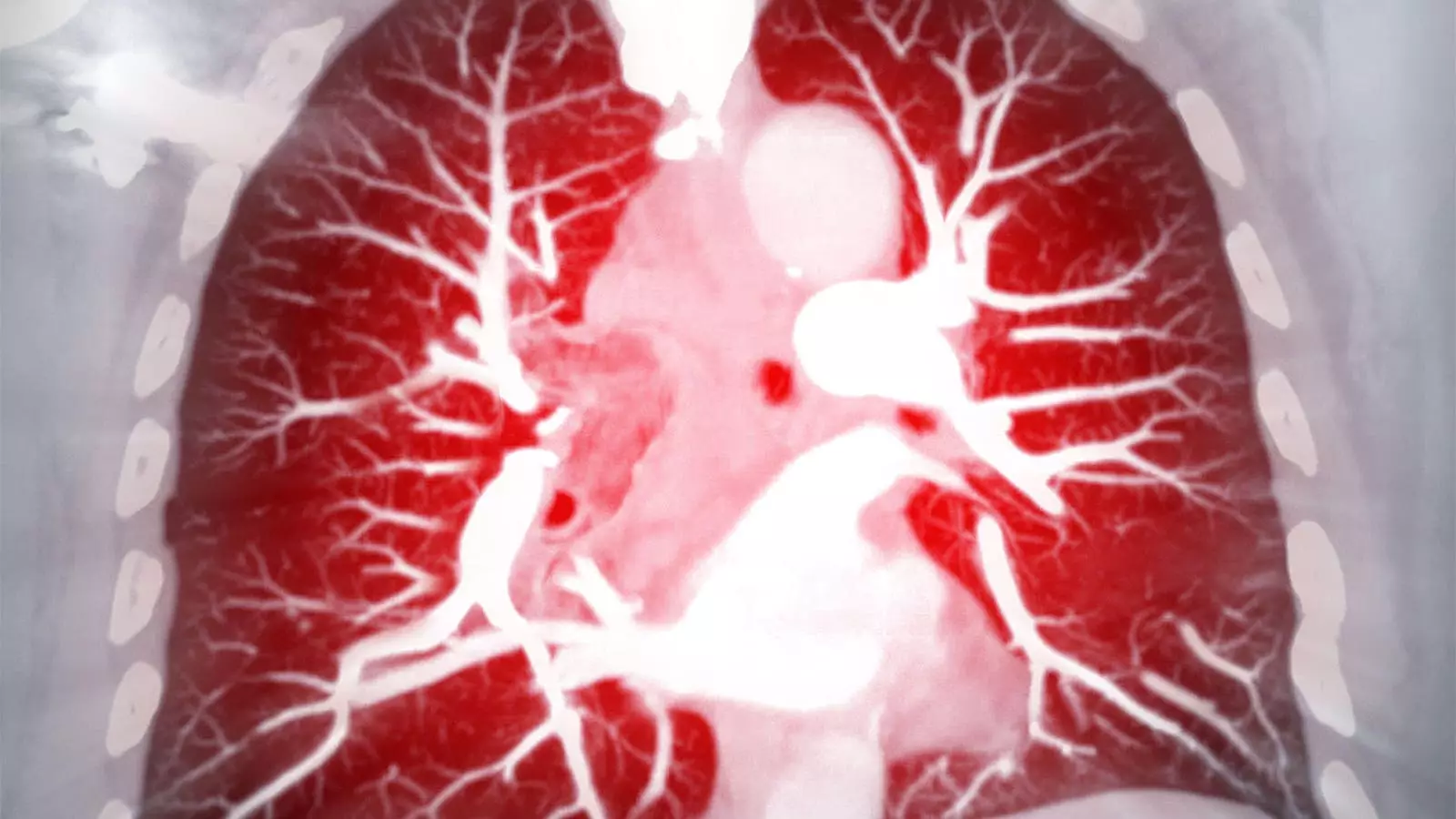Pulmonary arterial hypertension (PAH) presents significant challenges for both patients and healthcare providers. A complex and progressive disease, PAH can lead to severe morbidity and mortality if not managed adequately. The recent FDA approvals of two novel treatments—macitentan/tadalafil (marketed as Opsynvi) and sotatercept (Winrevair)—signify a pivotal moment in the PAH treatment paradigm. However, the trajectory of these therapies’ adoption has not been uniform. This article examines the post-approval dynamics surrounding these drugs, highlighting emerging trends, clinical insights, and future prospects in PAH management.
Sotatercept has garnered considerable attention since its FDA approval in March, hailed as the first activin-signaling inhibitor designed specifically for PAH. The therapy is indicated to improve exercise capacity, enhance functional class, and reduce the risk of adverse clinical events. A flurry of excitement stemmed from the initial results of the phase II PULSAR trial, which showcased compelling data on the drug’s efficacy. As Dr. Kristin Highland of the Cleveland Clinic noted, the rapid uptake of sotatercept in clinical settings has often surpassed expectations.
Merck’s recent ZENITH trial further bolstered the case for sotatercept, demonstrating its capacity to decrease morbidity and mortality risks in patients with advanced PAH. The implications of these findings are monumental; one of the studied patients exhibited such a dramatic improvement that they were able to exit the lung transplant list altogether. Notably, Highland points out that the Cleveland Clinic’s PAH group has witnessed similar transformative effects in patients treated with sotatercept post-FDA approval.
However, as a relatively new intervention, sotatercept comes with uncertainties, particularly regarding long-term side effects and the sustainability of its benefits. The potential for bleeding and the efficacy of sotatercept in patients not receiving background prostanoid therapy are key areas still awaiting further exploration. Additionally, the completion of the ongoing HYPERION trial may shed light on how newly diagnosed patients with varying levels of risk fare with this novel therapy.
In stark contrast, the uptake of the macitentan/tadalafil combination therapy—Opsynvi—has lagged. Although the therapy offers a streamlined single-tablet option that simplifies the treatment regimen for PAH patients, it faces hurdles primarily due to payer restrictions. Healthcare providers and patients are reportedly deterred by the complex prerequisites surrounding prior authorizations and patient assistance programs. Often, patients already on therapy show reluctance to navigate additional bureaucratic hurdles solely for a new formulation.
Combination therapies for PAH have long been advocated, especially as clinical guidelines emphasize the necessity of targeting multiple pathways for optimal treatment outcomes. However, the initial reluctance among providers to adopt upfront combination therapy, particularly in patients with existing comorbidities, creates a tug-of-war between innovative treatment paradigms and traditional therapeutic approaches. Despite showing efficacy in the A DUE trial, which highlighted its superiority over monotherapy, the slow adoption of Opsynvi can be attributed to prevailing healthcare policies and prevailing provider attitudes.
The current state of PAH treatment reveals a critical crossroad, marked by the successful launch of sotatercept and the sluggish integration of Opsynvi. As clinicians embrace novel approaches, significant gaps remain in understanding how these therapies will evolve alongside ongoing research and subsequent trials. A notable area of interest lies in the comparative efficacy of these new drugs against standard therapies in newly diagnosed and higher-risk patients. Continued data collection and analysis will be essential for refining treatment protocols and maximizing patient outcomes.
Healthcare professionals must remain vigilant, continuously analyzing emerging evidence and integrating the latest research findings into clinical practice. The latest Seventh World Symposium on Pulmonary Hypertension guidelines highlight the move towards activin-signaling inhibitors specifically for patients who do not achieve low-risk status after initial treatment. Consequently, we can anticipate refinements in clinical guidelines as more data becomes available.
As we move forward into this transformative era of PAH management, the dual narrative of sotatercept’s rapid adoption juxtaposed against Opsynvi’s slow uptake poses a fascinating study in healthcare dynamics. The success of these therapies will hinge not only on clinical efficacy but also on navigational pathways through the healthcare maze. The journey ahead will be defined by ongoing trials, emerging data, and the crucial ability of physicians to adapt to and embrace innovative treatment paradigms. Through collaborative efforts and continued focus on patient-centered care, we can hope to advance the standard of care for those afflicted by this complex and challenging condition.



Leave a Reply